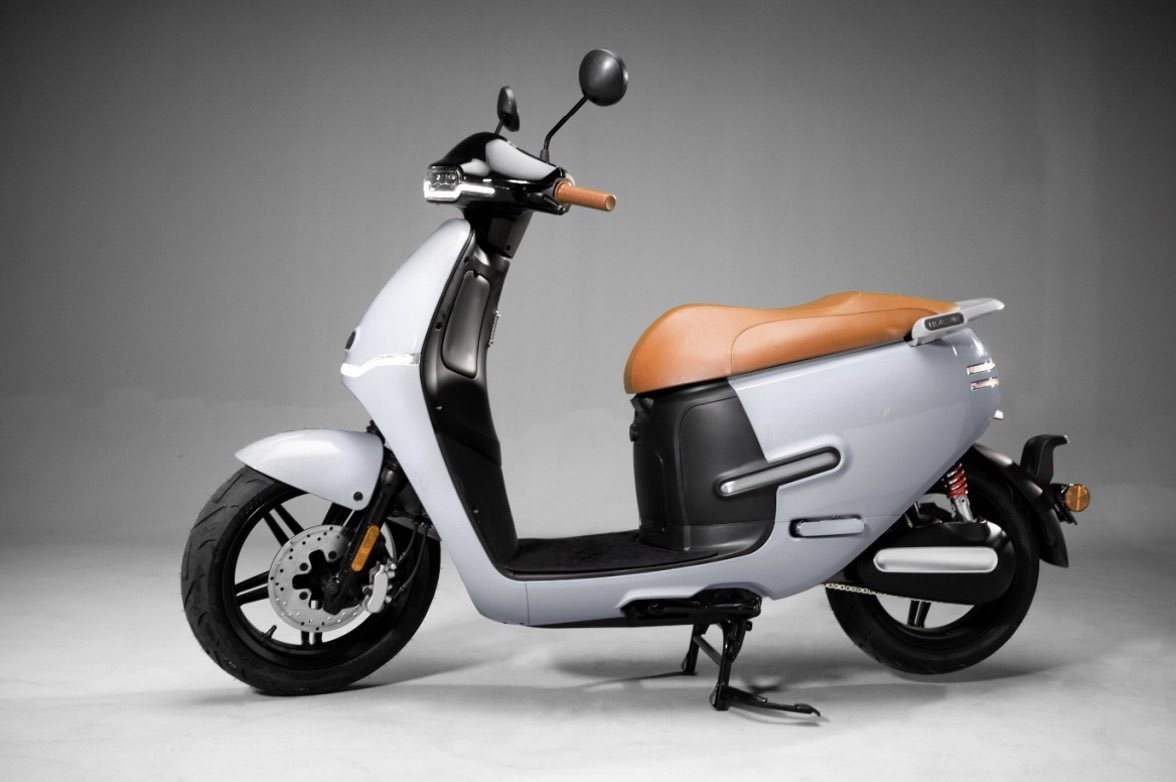Navigating the Roads Down Under: Do You Need a License for a Scooter in Australia? – Guest Post

Australia is a great area to go on motorcycles because of its diverse cities and expansive outdoors. Scooters have become a more and more popular form of environmentally friendly transportation, thus many people are wondering what the laws in Australia are about riding scooters. We’ll go into the details of whether a license is required for a scooter in Australia in this in-depth guide, covering the laws, available licenses, and safety factors.
1. Understanding Scooter Classification:
Before diving into licensing requirements, it’s crucial to understand how scooters are classified in Australia. The country categorizes scooters into different classes based on their engine size, power output, and speed capabilities. These classifications play a significant role in determining the type of license required.
50cc Scooters: Scooters with an engine capacity of 50cc or less fall into this category. They are often considered as “mopeds” and have specific requirements for license for a scooter in Australia.
Over 50cc Scooters: Scooters with an engine capacity exceeding 50cc are categorized differently and have distinct licensing regulations.
2. Licensing Requirements for 50cc Scooters:
For individuals looking to ride a 50cc scooter in Australia, the licensing process is relatively straightforward. A scooter license, which is frequently an additional requirement of a standard motorcycle license, is required for riders in the majority of states and territories.
Learner’s Permit: Aspiring scooter riders must obtain a learner’s permit before operating a vehicle.. This involves passing a written test covering road rules and safety regulations.
Practical Riding Test: Following the successful completion of the learner’s permit stage, riders typically need to pass a practical riding test. This on-road assessment evaluates the rider’s ability to navigate traffic, handle the scooter, and adhere to road rules.
Provisional License: After passing the practical riding test, riders may be granted a provisional license. This stage often comes with restrictions, such as a maximum speed limit and a ban on carrying passengers.
3. Licensing Requirements for Scooters over 50cc:
If you’re eyeing a more powerful scooter with an engine capacity exceeding 50cc, the licensing requirements become more comprehensive.
Motorcycle Learner’s Permit: Similar to the process for 50cc scooters, riders must first obtain a motorcycle learner’s permit. This involves passing written tests and sometimes a basic handling skills test.
Compulsory Basic Training (CBT): In some states, individuals with a motorcycle learner’s permit must undergo compulsory basic training. This practical training ensures that riders can handle a scooter safely in various traffic conditions.
Practical Riding Test: A practical riding test is mandatory for those seeking a full motorcycle license. This on-road assessment assesses the rider’s ability to handle the scooter confidently and make sound decisions in real-world scenarios.
Full Motorbike License: Upon passing the practical riding test, riders may be eligible for a full motorcycle license, allowing them to operate scooters with any type of motor.
4. State-Specific Variations:
It’s crucial to remember that Australia’s states and territories may have slightly distinct licensing requirements. For instance, the process in Queensland might not be the same as in New South Wales. Therefore, in order to assure compliance, people need to become familiar with the specific legislation that applies to them.
5. Safety Considerations:
No matter how big the scooter’s engine is, safety should always come first. All riders must have proper protection gear, such as gloves, a helmet, and clothing that fits. In addition, scooter riders’ general safety is substantially improved by knowing and abiding by traffic laws, speed limits, and road restrictions.
6. Electric Scooters and Licensing:
Considering the rising number of electric scooters, it is essential to review the licensing regulations regulating them. In many Australian areas, e-scooters must comply with the same rules as traditional scooters, and their license needs are based on criteria including speed as well as power output. It is advisable to check with the authorities to see whether there are any applicable laws that clearly concern electric scooters.
Conclusion:
In closing, depending on elements like engine size and power output, riding a scooter in Australia may require a license. While 50cc scooters often require a moped license, those with larger engines may necessitate a full motorcycle license. Understanding the specific regulations in your state or territory is crucial for compliance.
Get the right license to enjoy Australia’s open roads legally and safely, whether you’re speeding through city streets on a 50cc moped or cruising along the coast on a more powerful scooter. Always prioritize safety, stay informed about local regulations, and embrace the freedom that comes with exploring the diverse landscapes of the Land Down Under on your trusty scooter.


Recent Comments